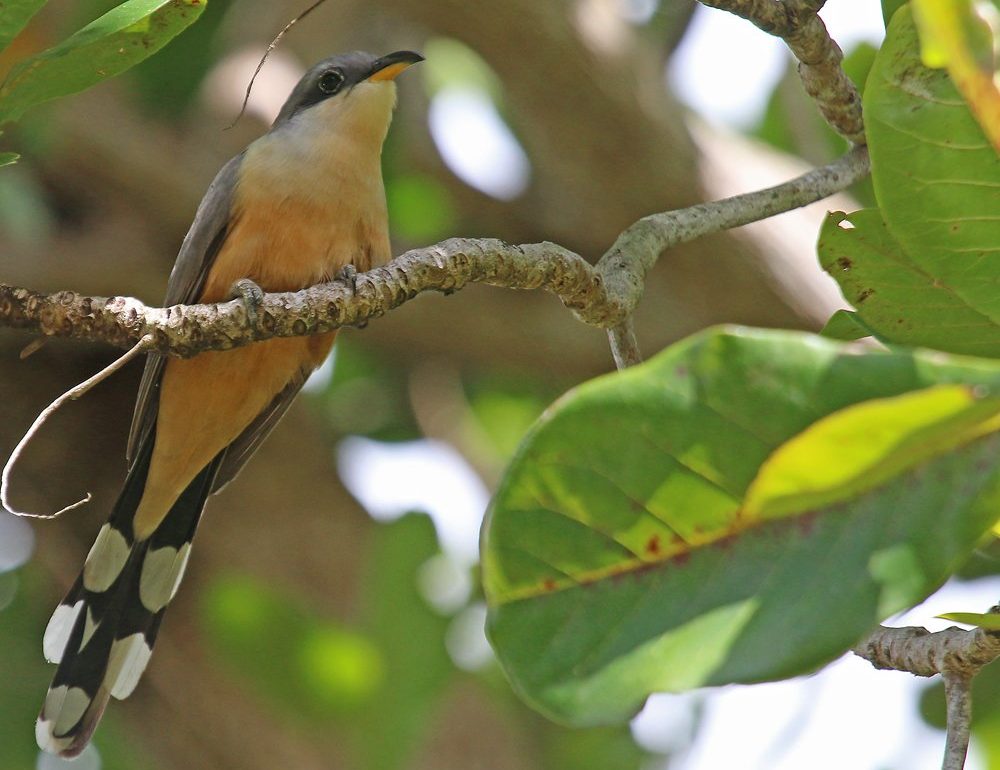
Nemesis: “the inescapable agent of someone’s or something’s downfall” (Oxford Languages)
Nemesis Bird: “A bird species that a birder persistently tries to find, but always misses” (source)
1. My nemesis bird is the Mangrove Cuckoo. It was one of the birds that I wanted to see when we first started going to SW Florida. That was 18 years ago, and the search has been frustrating ever since then. One time, I joined the local bird club for an outing. I asked about the cuckoo. I was told that it had been seen recently in the spot we would be visiting. When we got there, after much searching, it was a no-show.
I began to check the Florida Rare Bird reports, hoping the cuckoo would be sighted somewhere near me. I knew that they could be found at Ding Darling National Wildlife Refuge on Sanibel Island. A few years back, there was a report that a pair of Mangrove Cuckoos had been seen on the wildlife drive by 50 members of an Audubon birding outing. I didn’t find out about it until that evening. My husband and I left early the next morning for the refuge. Others were looking for the birds, but nothing. One birder had returned for a second look at this rarity, which is a skulker. He showed me pictures he took with his cellphone. They had been hopping around on the roadway, right below him. Now, it’s harder to find the birds at Ding Darling because hurricanes have destroyed the areas they frequent, or the storms have made prime areas inaccessible.
My final, frustrating, missed opportunity took place in Costa Rica. My friend Cindy and I were enjoying our second birding trip there. Our guide was driving us to Cano Negro, which is a wetland area. Cindy was looking out one window, and I was checking out the other side of the road. Suddenly, she asked our guide if there were cuckoos in the area. He said there were Mangrove Cuckoos. She said she saw a cuckoo back along the way. I turned to look at her. She saw my face and sheepishly apologized for not calling it out.
The search continues. I have the contact information for a guide in SW Florida. Maybe next winter he’ll find me a Mangrove Cuckoo or not. Like all birders, I am ever hopeful (Leslie Kinrys).
Note: Other 10000 Birds writers had more luck with the species, see here.
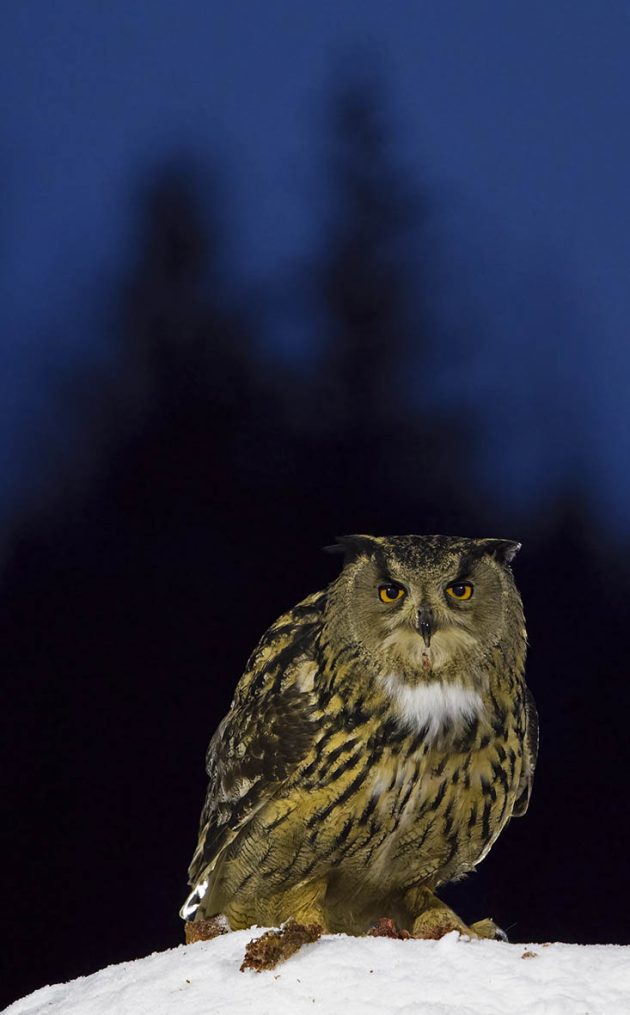
2. Mine is the Eurasian Eagle-owl – probably not a nemesis bird for most European birders (Jochen once told me that there is a pair in almost every quarry in Germany, and he knows what he is talking about), but one that constantly evades me. I tried finding one in several places in Northern Germany. I went on a trip to Qinghai with the owl as the main target (it had been reported as breeding in a specific location there), but apparently arrived too late, no owl. And I once possibly saw a shadow of an owl in Sichuan – the guide said it was one, but you guessed it, it just flew away.
Incidentally, to make this entry a bit longer, I learned a new word while looking for some research on the Eurasian Eagle Owl: Taphonomy (“the branch of paleontology that deals with the processes of fossilization”). The Journal of Taphonomy has a paper on Eurasian Eagle Owls as depositors of fishbone in Pleistocene caves, warning that the bird may have left the bones in these caves rather than the bones representing food waste accumulated by humans. I guess nothing is ever simple.
Note: Other 10000 Birds writers had more luck with the species, see here and here, and here.
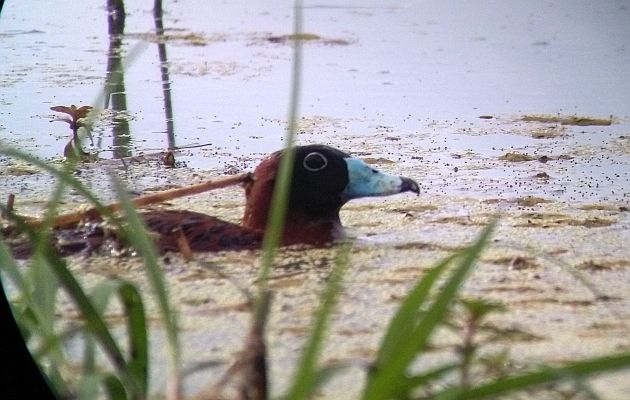
3. The nemesis bird! Ouch. Few birding terms are as painfully wince-provoking as that one. We love birds but once in a while, a species or two (three) don’t seem to get it. No matter how much we yearn to see them and no matter how hard we try, they seem to be on species collective missions to give us the slip.
You know you’ve got a nemesis bird problem when you know a bird is around, but you keep missing it. You know it’s serious when other birders see it on Saturday, but you end up watching coots and clouds on Sunday. Nemesis bird syndrome gets real when the newest birders on the block gleefully show you the back of their camera and ask you, “Hey, you’ve been birding for a while, could this be (insert your nemesis bird here)?”
Responding without inadvertently yelping can be trying, but we’re in this together, you’ve got to ignore the invisible avian throat punch and pleasantly reply, “Yes! You’ve seen a Connecticut Warbler, or a Boreal Owl, or a LeConte’s Sparrow! Good for you!” All of those are regular nemesis birds, and I did have some annual, semi-nemesis bird issues with a couple of them, but none can compete with my true nemesis. That would be the Masked Duck. Thankfully, with the help of a couple of friends, I got by and vanquished it a few years ago. However, before then, that sneaky bandit was quite the unfriendly bird.
Yes, if I had visited those wetlands in Florida where everyone else seems to have seen it, my nemesis life would have been different. But, I was always birding elsewhere, even if my birding happened to be in the heart of Masked Duck range. Over the years, I scanned lily pad marshes in Mexico, Costa Rica, and elsewhere. Sungrebes, Aplomado Falcons, wood-rails, and so much more! I couldn’t complain, but there was always a missing bird that played for personal keeps.
I may have come close in the Dominican Republic, but whether that lone floating bird on a roadside pond was a Least Grebe or Masked Duck, I’ll never know. By the time I had anxiously U-turned the car around and floored it back to the spot, the bird had mysteriously vanished. Based on that scant information and nemesis bird tendencies, yeah, it probably was one of them Zorro Ducks.
So many years passed, I stopped chasing the duck and, in keeping with good mental health, took a Zen approach. I figured I would chance on the bird eventually or not, and, if not, so be it. There were thousands of other birds out there anyway, and most didn’t mind being seen! I’d watch them and when I saw the duck, well, maybe I’d just put my nose up and snub it or, maybe give it the finger. I’d show that nemesis bird!
As luck would have it, as I was saying, I finally did get the chance to see a Masked Duck, several actually. It was a stake-out, and although I tried to stick with my Zen birder approach and look at other birds before casually glancing towards the small, nearby ducks, when we reached the spot, I couldn’t help but take the bait.
I found myself immediately and eagerly staring past palm trunks to visually inspect the shallow water. Before I realized it, I had apparently spotted the ducks and was already focusing on them with my binos. Yes, deep desire to vanquish the nemesis had superseded speed of thought! The birds didn’t have time to disappear, the small ducks couldn’t escape my field of view, unbelievably, I was finally looking at Masked Ducks. The moment was technically, personally momentous, and I was pleased and appreciative to finally be seeing a species that had escaped my personal sphere for so long.
However, it was still more like any fine birding moment, one where I was experiencing cool birds in equally cool and wonderful natural surroundings. There were some small, smart-looking ducks framed by palms and scrubby wetland vegetation while kiskadees and jacanas called in the background. It was far better than TV and the other modern means of mental escape. This was real life, this was a meaningful connection, nemesis bird vanquished or not, this was birding (Patrick O’Donnell).
See here for Patrick’s original post after seeing the Masked Duck.
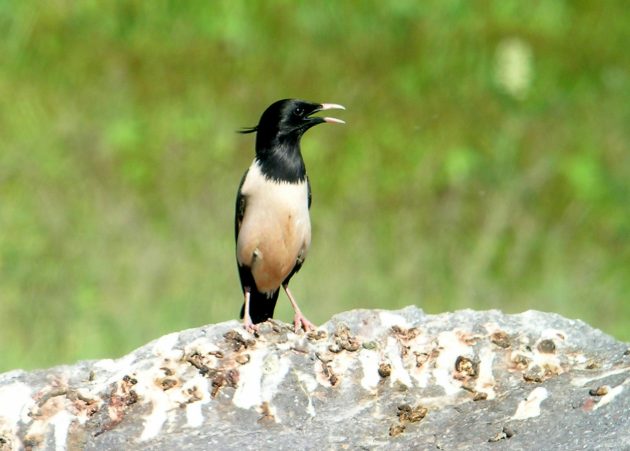
4. In Britain, we tend to call them bogey birds – those pesky species that keep out of sight when you are around, but happily show themselves to other people. Having been chasing birds around Europe for several decades, I don’t really have any bogey birds left. OK, I have never seen a Two-barred Crossbill, but I’ve never tried very hard to find one. A few years ago, one wintered not far from my home, but I never got round to twitching it. There are a number of seabirds, such as Fea’s and Zino’s Petrels, that I’ve never seen, but to do so, I’d have to go to sea, so they don’t really qualify as bogey birds.
In Africa, my bogey bird for some years was Greater Painted-snipe. I remember lamenting to my local guide about missing this bird during a trip to Kenya that had produced over 600 species. “Never mind, David,” he replied, “you need a bird to come back for.” I eventually saw my first in South Africa a few years later, and have subsequently seen them in Namibia, India, and Singapore.
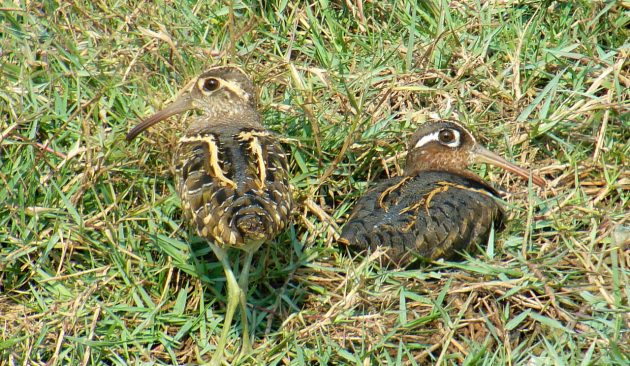
At Mission Beach in Queensland, Australia, I somehow managed to miss seeing a Cassowary, yet non-birding friends have seen them crossing the road. In Argentina, we trekked to a mountain lake in search of Hooded Grebes (a rare and endangered endemic), even wading a treacherous and freezing cold torrent to get there. All we found were Silvery Grebes. However, neither Cassowary nor Hooded Grebes are really bogey birds, they’re just birds I failed to see.
I suppose that I do have one bogey bird left in Europe: the Rosy Starling. I’ve seen them wintering in India and have watched them at breeding colonies in Kazakhstan, but I’ve missed seeing them several times during visits to Bulgaria and Greece, where they are occasional irruptive breeders. My local guide once took me to a nesting colony in a quarry in Bulgaria. There wasn’t a bird to be seen. “That’s strange,” he said, “there were at least a hundred here last week.” That’s a proper bogey-bird for you (David Tomlinson).
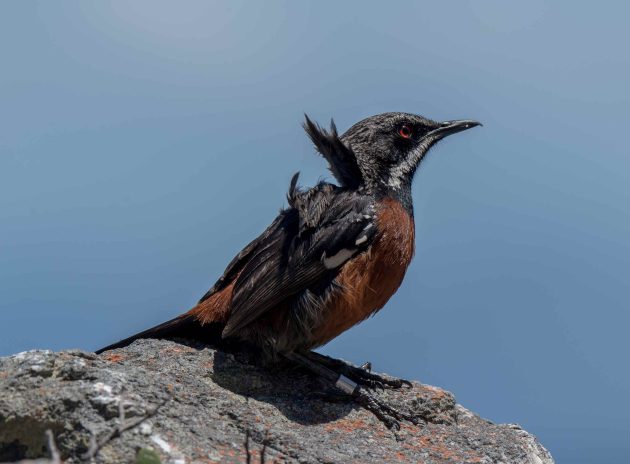
5. Although I have at least 8000 birds I have yet to see, there has been only one true Nemesis bird for me: the Cape Rockjumper. For at least 11 times, I made the pilgrimage to Rooiels – the hotspot where, and here lies the problem, “they are guaranteed”. I listened for its call, I scanned every bird that moved, staked out boulders for what seemed like hours: nothing. Its close relative, the Drakensberg Rockjumper showed up the very first time I looked for it, on top of Sani Pass. In the end, disappointed and disgusted I turned away from Rooiels and sought solace in Sir Lowry’s Pass: bingo, Nemesis no more (Peter Penning).


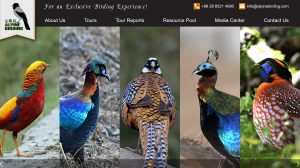
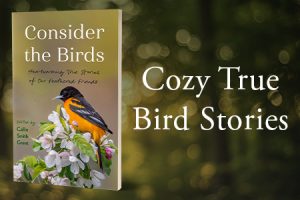

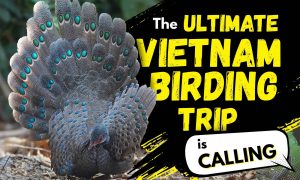
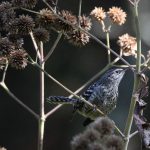
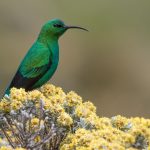
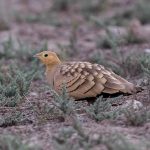
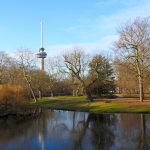
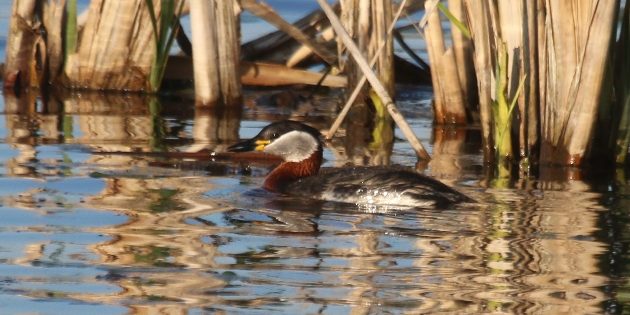
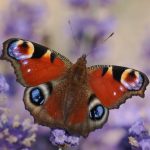
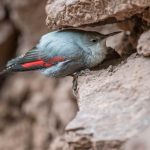
Zino’s Petrel can best be seen op top of a Madeira mountain.
I love this kind of post. Birders’ stories are so interesting (mostly to other birders). Of these birds I have seen the first three; I’ve even seen Rosy Starling if I were to count a flyover in India (usually don’t count flyovers for life birds). Some of the other birds I’ve never even heard of – Fea’s petrel yes, but Zino’s petrel no. I’m very deficient with seabirds generally. For a variety of reasons, some unrelated to birding, I realized that I needed to let listing go. So I no longer list, but I still keep track. There are birds that I have looked for, unsuccessfully, but would still like to see. I think it’s thrilling to see a bird I have admired in a field guide for a long time. For me, I guess my current nemesis bird is Lewis’s Woodpecker. I am trying to hatch a plan to look for it again in the fall or winter. Thanks for the stories.
Cathy, Zino’s Petrel is the best excuse possible to visit Madeira. There will be culture, gastronomy and amazing landscapes too. SPEA’s Catia Gouveia – the coordinator on Madeira – even featured in National Geographic magazine.